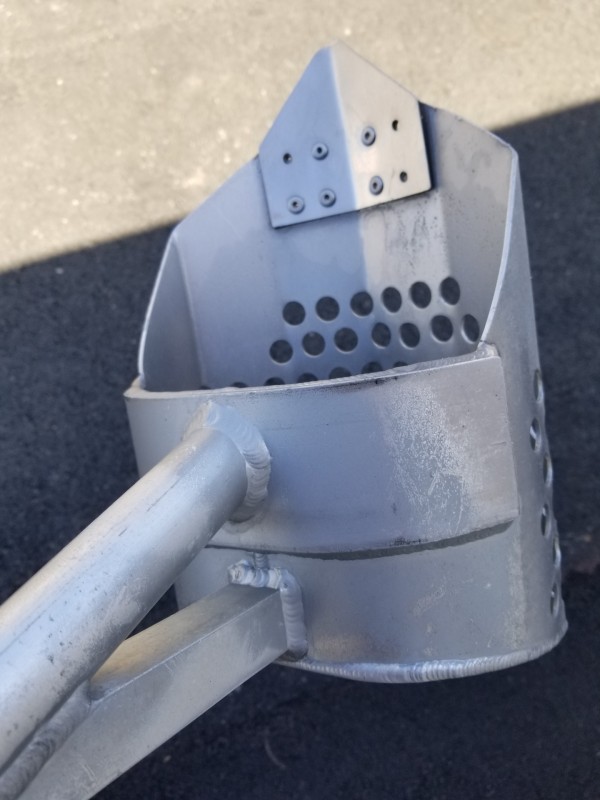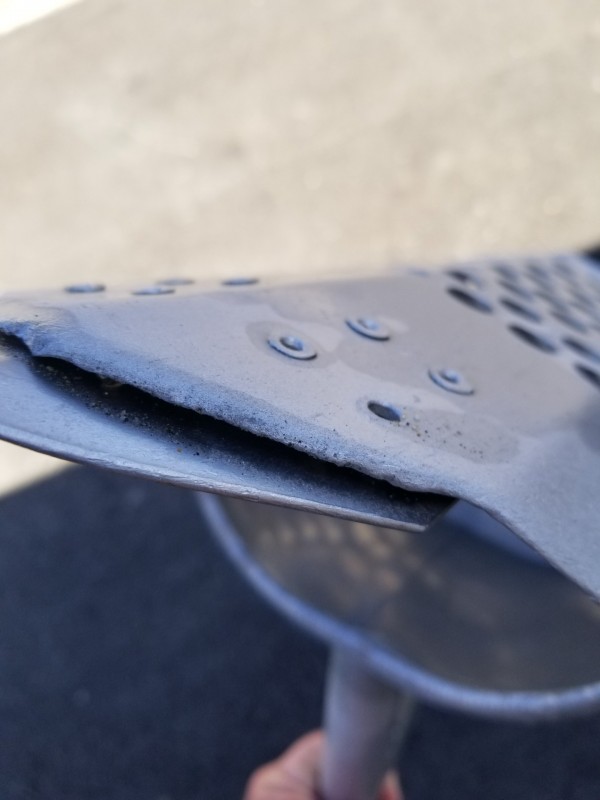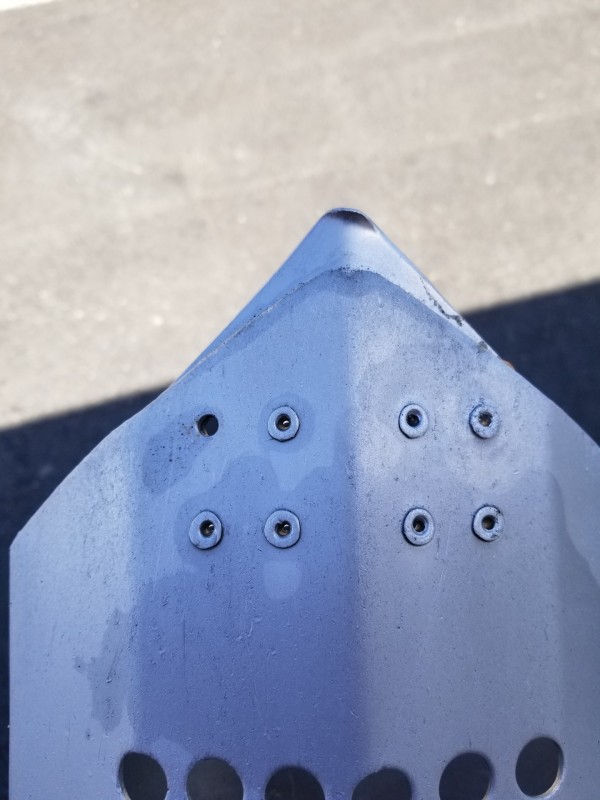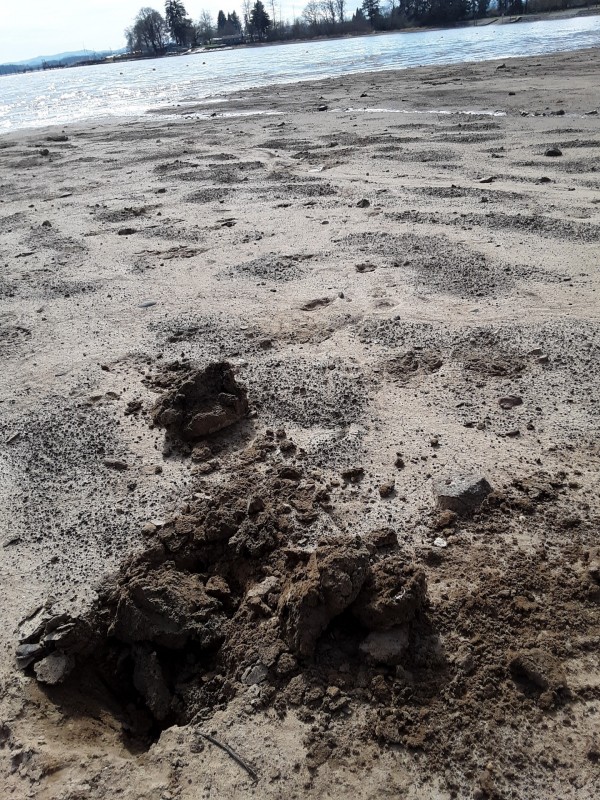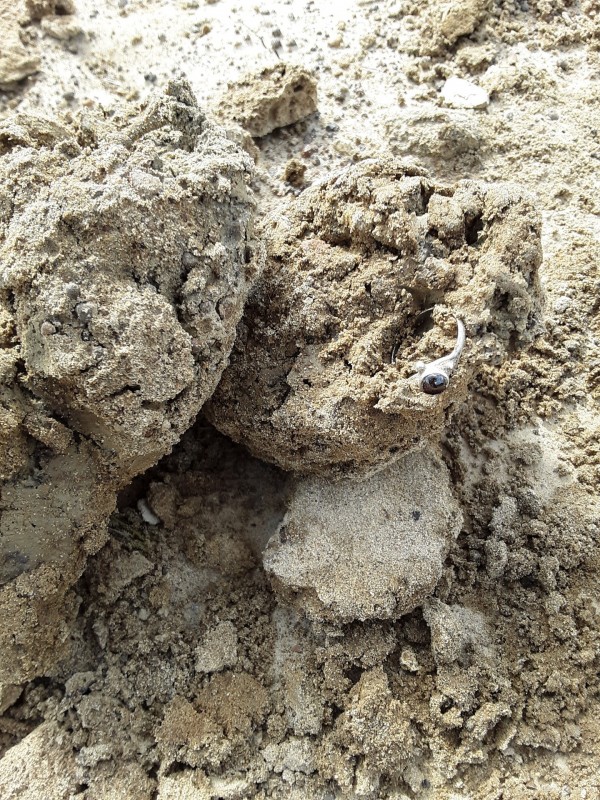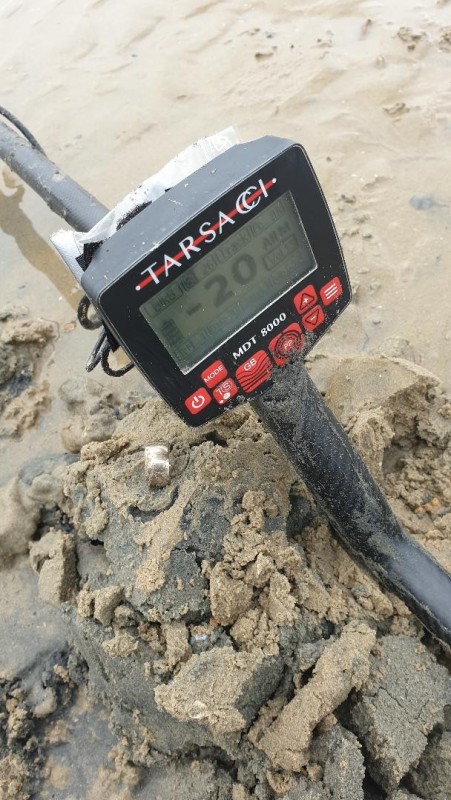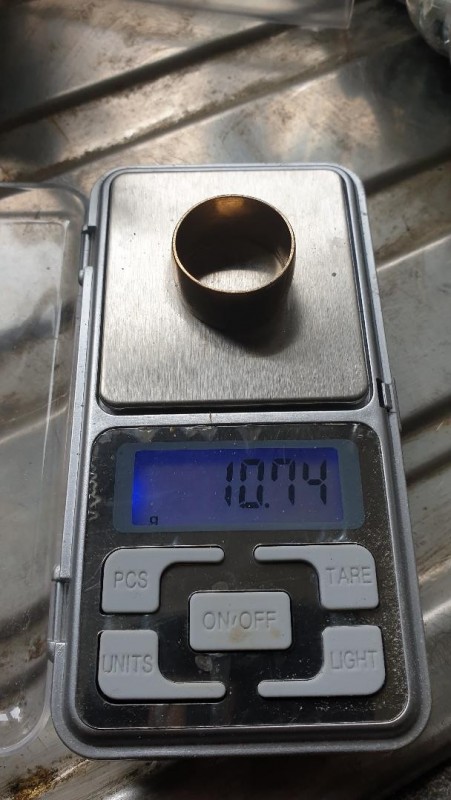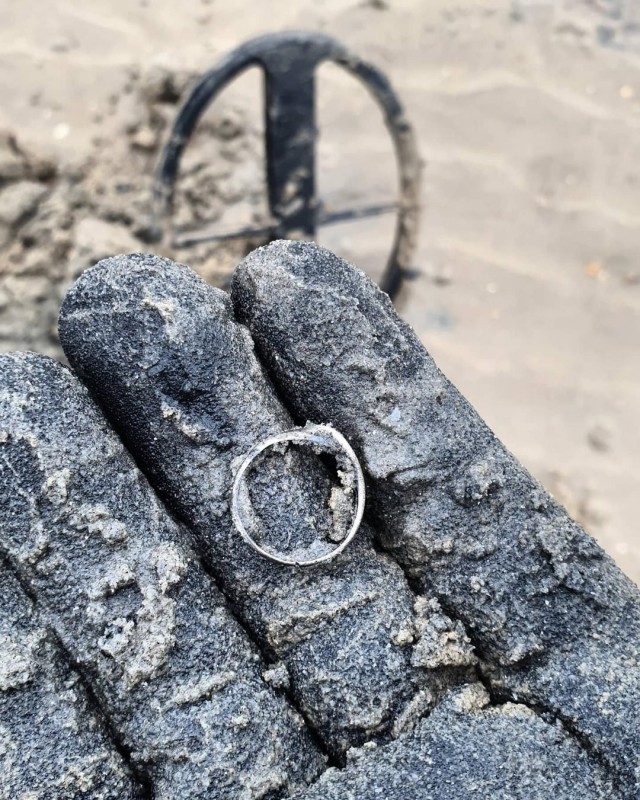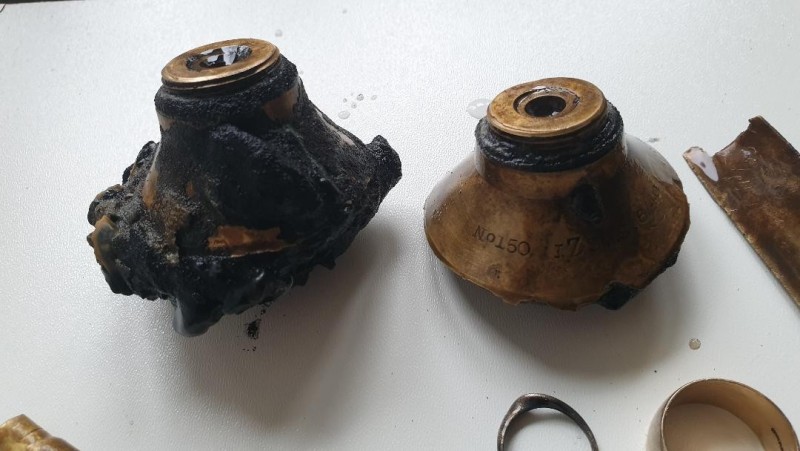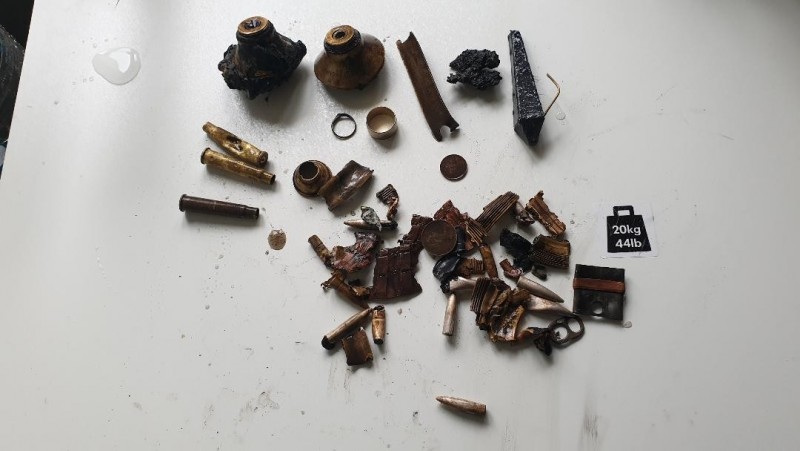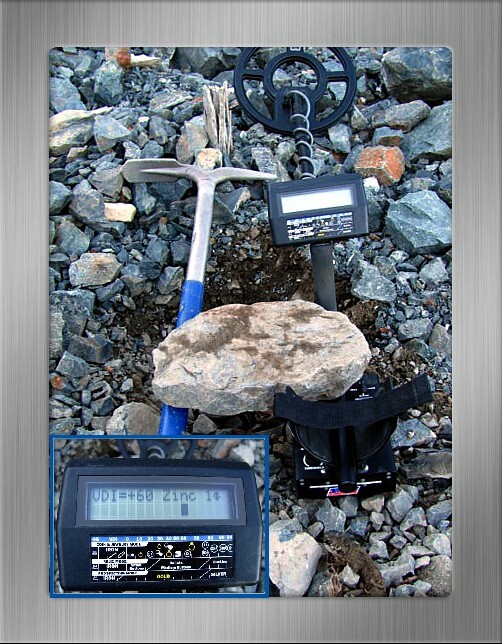Leaderboard
Popular Content
Showing content with the highest reputation on 03/08/2021 in all areas
-
We took two trips back to the gold rush camp area. I have identified 6 structures at the site so far. My neck is burned and my family is tired but everybody seems to enjoy themselves. No coins on the last two trips but some cool stuff has been pulled out. Powder flasks give a hell of a tone on the Equinox! Speaking of the Nox, it can find small stuff as in tiny buttons and pieces of lead. So here are the pics. My wife dug the Bowie knife and it may be my favorite find. The trident looking thing is a mystery and it was dug by my sons friend with a Whites XLT I gifted him. Cool find. Dug a square buckle with a star if anybody has info on it I would appreciate it. A blurry pic of a child’s ring with a diamond imprint.11 points
-
Finished up the farmhouse site today, made a few more passes and found nothing. I went to a new site that I previously plotted using old maps where a building was up to the 60s, and first known in 1917 on a USGS map. Hacked around a bit and found the objects in the photo. I'm not sure if I should grid this spot, I didn't hear a lot of iron. Great way to kill an afternoon. At least this field was out of the annoying March wind. The disc is lead, could be a bale seal, or possibly a weight or game piece. 1 1/4 inches in diameter. It was weird to find a sinker in a farm field about a mile from the river, but there it was. Some kind of point, it is brass or bronze. It is fashioned to be aerodynamic at any rate, but could be a finial. Large heavy buckle, most likely work animal tack. I think the wheat penny is a 1909, but not an S or VDB, it is so corroded it doesn't matter. 😀 Best find of the day, the brass plate. It's 2 1/2" by 2, has a naked woman on each side, and a man and an animal in the center embraced by the arms of the face on top. Better detail in the bottom photo. Image search returned nothing, but I may have this very object in one of my artifact books. Don't know whether it was a buckle, mounted on furniture (it has a flange on the back but no holes or guides), or some sort of breastplate. Not much time left before spring planting.5 points
-
I have a pack canoe, 35 lbs, my sea hunter weighs 14% of that hahah. Nice little boat and plan to use it to access areas between priv properties along the puddles here. Just need the motivation...3 points
-
I have taken your message into consideration, I will answer it a little later with a new subject3 points
-
All my childhood neighbors would find lead weights in their yards if they detected..... casting practice.. haha.3 points
-
3 points
-
If you look at the picture of the pieces, the ring on the original clamp is what you need to remove for it all to come off easily. This is Carolina's picture since he got his off with little damage and I mangled mine a bit. Looking at the clamp from the top, there is a very little seem between the top ring and the cone shaped piece. From the side, there are retaining pieces that fit into slots along the upper part of the cone. I tried unsuccessfully to push the retaining parts in to release the cone. I ended up using a very small flat blade screw driver to get between the top ring and the cone and pry it out. Once the ring released from the cone, it pretty much all slid apart.3 points
-
The overload symbol is not about the normal receive sensitivity, which is what the sensitivity control sets. It is about the built in transmit power being reduced to deal with adverse conditions. The Equinox senses when there is too much signal blowback from saltwater or black sand or both. When a detectors "sees" too much salt or too much black sand (or both) it will go totally blind unless the transmit signal is reduced. Going into overload is not reducing depth - it is giving you depth when the machine would otherwise be non-functional. The overload will not go away until the conditions creating it go away. The only time I have seen the overload signal is when crossing areas on a beach obviously loaded with magnetite. The overload symbol comes on and the detector keeps running fine, then the symbol goes away once past the magnetite patch. I do not know what intensity of mineralization it takes to trigger the process, but it is quite a lot. Difficult Areas – Black SandSome beaches contain black sand, which has high natural iron content and is often magnetic. This causes continuous false ferrous detections, making normal beach detecting impossible. Beach Mode automatically senses black sand and reduces the transmit power to ensure that targets can still be detected without overloading occurring. When black sand is sensed, the Beach Overload Indicator will appear on the LCD. When this icon disappears, full transmit power automatically resumes.3 points
-
Stumbled onto this interesting article form another site...... Not sure where to post this but Steve can relocate it where he see's fit? https://www.westcoastplacer.com/paleochannel-hunting-guide/2 points
-
Never hunted the Tar in mud before so I was a little off balance at the start. Oh, the machine was ok but I was switching from handling pull tabs & rusty bottle caps to can slaw and such. I was getting sucked in early on digging more trash than I should've. About a half hour of that I got back into the game , found out where the nickels are, by moving slower threw the junk. I hunted in all metal ,disc -2. Wasn't long ,was getting fairly decent at calling the targets before digging. I dug maybe 5 or 6 coins around seven inches. So a junk ring, couple of MatchBook cars, 59 coins , nine nickels for around $6.29 . I'm not the slickest guy swinging a coil, and this site had the goods and there's plenty left. Today ended up a dunk shot and sure was fun.2 points
-
Sand is just that - sand. So a rock and the minerals in it are not part of a discussion regarding "black sands." Rather, you have a rock that appears to have some dark colored mineral, presumably an ore of iron. Sand that is black is not always "black sand," and just because you have "black sands" does not mean you will find gold. Iron ores are common and just like quartz, can be found in far more locations that lack gold, than those that have it. Anyway, here is something I wrote for another thread that explains what "black sands" are... People sometimes misread the term “black sand”. Black sand is a mining term and actually has more to do with weight than color. Black sands are the heavy mineral concentrate recovered when running any form of placer mining concentration system. The most basic version is the heavy mineral concentrate left in the bottom of a gold pan. From the Glossary of Placer Terms in Placer Examination Principles And Practice: BLACK SAND Heavy grains of various minerals which have a dark color, and are usually found accompanying gold in alluvial deposits. (Fay) The heavy minerals may consist largely of magnetite, ilmenite and hematite associated with other minerals such as garnet, rutile, zircon, chromite, amphiboles, and pyroxenes. In Western gold placers, the black sand content is commonly between 5 and 20 pounds per cubic yard of bank-run gravel. Black sands are also concentrated by winnowing action on beaches derived from terrestrial sources like volcanoes or granitic intrusives... any source that can supply the requisite heavy minerals. In this context simply looking at a beach or in a stream and seeing dark or black colored material is not finding black sand. Amateur gold prospectors often do this, thinking that seeing black colored material in a stream is a positive sign for gold. All they are often seeing is just material like black slate or shale gravels and sands, not actual black sand. Unless it is heavy material concentrated by gravity action and typically with a high magnetic component, it’s not black sand in the context of the discussion. True black sands are usually very fine though I have encountered coarse grain black sands. The fine grain variety often has a glittering appearance due to the presence of many sharp edged crystals of the constituent materials, chiefly magnetite. Sands concentrated by gravity action and containing a high enough portion of heavy garnet material which confers a reddish color are referred to as “ruby sands.” Again, the key thing is material derived by gravity concentration and therefore very heavy, not simply color. Here is a picture of some gold I recovered in a Garrett 10" gold pan along with the resulting heavy magnetic black sand concentrates. Click picture for larger view. Placer gold and black sand concentrates2 points
-
I had a 30' motor yacht, caught huge Striped Bass, Spanish Mackerel, Atlantic Bass, Spot, Flounder and the occasional ray. Used to Kayak fish on the other river. Got a tributary right out back. My first boat was a 25 foot ProLine my wife and I restored from the ground up. Love clam chowder, but only know the East Coast kind. The Potomac is kinda unforgiving, and the Chesapeake Bay is downright nasty. Boats are expensive and tedious to maintain. I might get a small boat in the future for river hunting. I see what you mean about cutting into metal detecting! 😀2 points
-
Had to give up fishing except for special occasions... it was cutting into my detecting time. haha. But when I lived in the Pacific NW, I wouldn't miss razor clam season on the Oregon Coast... Limit out... then go detecting. Big pot of razor clam chowder for dinner 🙂2 points
-
The overload indicator - / work on the reduced Tx .... / on Equinox turns on until the magnetite concentration reaches a certain level - from my observations it is somewhere from the limit of 20-30% of the Magnetite concentration in Black Sand - when using multifrequency..and 11" standart Coil... The mere reduction of the detector's sensitivity does not affect .. the change of the detector's resistance to such a phenomenon .. A small 6 "coil will be less resistant to higher levels of Magnetite Concentration in Black Sand than an 11" standard coil. ---------------------------------------------------------------------------------- BlackSand Test boxes with 4.4% .., 12%, .. and 33% Magnetite concentration ..2 points
-
The information made available by the contributors to this thread is invaluable. The same can be said for the Ancient River Channels thread above. Thanks to everyone involved.2 points
-
Nowhere in the Anfibio or Impact owners manual does it recommend a factory reset when changing coils. The Garrett manuals all do as far as I know. That is one of the few things I find inconvenient on the AT Max. I'm glad it is not required on the Anfibio with factory coils as all my Mode are customized to some extent. Good to know Non Factory aftermarket coils may need a reset.2 points
-
Have you used their repair facility? Always had good work done by them. Just a thought. GaryC/Oregon Coast2 points
-
2 points
-
1 point
-
This is consistent with an on-edge silver quarter I found last summer (and think I had been over previously). I failed to check with Gold Mode but found it while searching in Park 1, Recovery Speed = 4 and barely got a (non-diggable) peep investigating with Field 2, RS = 7. Mine didn't pinpoint properly (probably 4 inches off), I think because it was on edge. Mine wasn't as deep as yours, either -- somewhere in the 6"-7" level. What was your Recovery Speed in Gold mode? And were you in multi-frequency (not 20 kHz or 40 kHz single freq)? BTW, I'm headed out shortly following Jeff's advice to hunt in Gold 1 at a previously hard hit spot. I hope I do half as well as you did. (I think I'll use the 6" coil. Quite a bit of construction/demolition trash there since it's in the side yard of a homesite that had the house razed a couple years ago.)1 point
-
That is a good question & observation. I don't have any coke or coal around. I have experimented with Iron Ore rocks & old hand made bricks. May try charcoal and and wood fire pit. Coke gives fits to those in England. Their version of a Hot Rock.1 point
-
NICE!!! That is quite a hit list there!! I can't even imagine fishing on the Potomac. I am/was a bank fisherman... two feet firmly on the ground. Salmon and Steelhead were my focus... trout, bass, crappie... on occasion, whatever would bite. My grandpa owned a 25 footer... complained about keeping it up the whole time. haha.1 point
-
Certainly done somea that. Used to fish the Potomac a lot, now I just surf cast at the beach.1 point
-
1 point
-
Fantastic finds. Thank you for sharing. That’s an incredible site. I have come across a few placer workings with a half dozen or so chimneys around them in the foothills and a few up in the high country. I never paid enough attention to them as I was picking nugget crumbs around the workings. Definitely need to pay more attention to the relics. Love the finds. Keep them coming.1 point
-
1 point
-
1 point
-
The brass plate is really cool. I also like the homemade fishing weight. You have the drive to find this stuff.1 point
-
The Florida Treasure Coast of Florida from Melbourne down to Fort Pierce. I'm already planning on a week trip in November.1 point
-
Well I have been lucky enough to detect in several states in Australia and also the South Island in New Zealand. I have done quite well in all places but research is a must. Australia is very flat country mostly and New Zealand very hilly/mountainous but very little bush or rubbish to deal with. Luckily I used to live on a gold bearing property in NZ so I knew exactly where the gold areas were. Still a lot of gold to be found. I have goldfields about an hour from where I live now but some of the better ones can be an 8 - 10 hour drive so not just a weekend drive.1 point
-
1 point
-
1 point
-
1 point
-
Nice picture. Looks like the AT is resting after hitting on all those coins.1 point
-
That’s not a bad idea, that and other types of artifacts. Some guys are really into tolken hunting, The various bars and houses of ill repute used to pass those out to their customers, sort of like the fake quarters you get at the game places. And then there’s all the Civil War and other historic site buffs.1 point
-
I have panned for gold near Beaver Arkansas and we found about a 1/2 ounce over 2 days. They were small nuggets but you could see them very well. Not fine gold, but not big gold either. My grandfather and I were on a creek/river there and had a lot of fun.1 point
-
Shows when I ground balance then kicks out. Lowest I can run iSat is 1 on the modes, tend to run beach and Gen at 3 unless the ground varies too much then I may kick it up as high as 6 or so. Maybe the filter modes are filtering out the Fe sensitivity? Using the last update they had think dated 2018. I thought it used to stay on but curious if the new coil is causing it to turn off? When things warm up I will double check. Been bitter cold here.1 point
-
1 point
-
1 point
-
Kentucky Camp is an interesting recreation of a bygone time. I really like the Greaterville area. Good gold and a great climate. It was really quiet and peaceful living there.1 point
-
I hunted an inland reservoir about four months ago, just as they were letting the water level down for the winter. I ,of course got there maybe way too early in the season to find the stuff out deeper but intended to go back later. This is a 120 mile round trip flyer so I don't hunt it often and have to rely on the locals (inland detecting club) to post about it's level during the year. Well a guy did such a post two weeks ago and showed the water level down significantly. Just what I was waiting for, even if the locals were going to get there first, thought I might hit it anyway. Had to wait two weeks for the weather to stop raining enough to make the trip. When I got there I was very disappointed to see the water level had risen up the bank another 25 yards from the last posting. Putting the deep swimming area out of bounds for me (I wasn't planning on doing any water hunting). Anyway, I probably got the last silver ring on the beach for the season. Using a Nox with factory presets, coming in at a solid 19 and maybe 3" deep. A 925 child's ring with a pretty red stone. Finds have been slim for me this year so any ring find keeps the spirits up. Get Out There and Find Something Good!!!! GaryC/Oregon Coast1 point
-
Thank you, Gerry. I’ll drop you a line. I have been using the 6” but definitely could use more coverage. The stock 11” picks up too much ground noise in many of my patches. I hope the 5x10 is the ticket.1 point
-
Hello to all , And again i went to the same beach secluded where nothing happen,the road potholes have been filed partially meaning you can go up to 9.5mph😂😂 I started at 7.30 once i found the right spot bullets and shrapnells.... silver ring came up then more of the deep debris from ww2 and then BINGO this nice 9ct ring maybe at 30/35cm. i finally gave up at 10.30 may go back tomorrow1 point
-
My order from Centreville Electronics came today with the TRX... Brand new and ready for hunting as advertised. Just wanted to let everyone know - unfortunately, they are now showing "Out of stock" on the website. ~Tim.1 point
-
Nice saves.. .So how was the depth for it's size compared to the 6", Gerry? Were there any quirks (coil bump sensitivity, excessive falsing on small iron, etc.)1 point
-
1 point
-
Back when Palladium was around $400 a man lost his almost 20 gram ring with stones in a shallow bay on a Finger Lake.He called the club and my buddy called me and we made the half hour drive to the spot.He did not know where he lost it in this about 20 acre cove.Armed with my 5by8 coil on My At gold I got a most unusual sound and scooped up his huge ring.I walked over to him since he met us there and I drooped the ring in his hand and asked if this is what you are looking for.This man was so happy because he did not believe he would ever see the ring again.He gave the club a gift of about $150 and since then the price of palladium has hit about $2400.One other time a man on the beach lost his ring just by posing for pictures on the beach. I found it in 20 seconds since I was walking by when they lost it. I said I don't want anything and just kept on hunting down the beach.In this instance a man lost something without even being overly active.The only time I got paid was when i found a young man's key to his sport car which was expensive to replace .I found it in 30 seconds and this guy was very happy.He offered me money but I refused.He kept on insisting so i said I will use it to take my buddy to Wendy' s to celebrate you getting your key back.Me and my buddy used the $20 for a nice meal at Wendy's.One other time someone left a keg on the beach and me and my buddy split the $20 deposit.You never know what adventure the beach will bring you.1 point
-
I'm a realist. I'd settle for getting into some places I asked permission for but they either said NO or did not respond.1 point
-
Hi Gerry… thanks for a timely post highlighting White’s Metal Detectors, an American company that historically has set an innovative engineering standard by which all other metal detecting products have been compared. And for those eye-catching photos depicting a variety of extraordinary recoveries using a White’s MXT metal detector, they illustrate the ultimate in successful treasure hunting. I currently have a White’s MXT 300 and an assortment of coils used primarily for prospecting native silver ores and nuggets in northeastern Ontario. Aside from silver float searching in natural environs where bedrock is generally near the surface, we contend with an abundance of iron and other trash signals in the abandoned mine tailings. We also struggle with conductive pyrrhotite hotrocks, niccolite, and cobalt minerals that generate good positive signals from both VLF and PI units. Those conditions make the MXT’s 13.88 kHz operating frequency, target ID meter, discrimination modes, and particularly the motion all-metal prospecting mode featuring iron probability, VDI and ground phase readouts an excellent choice. The MXT and wide selection of coil types and sizes is ideally suited to this application, and especially so because the most desirable targets weigh ounces and more. Below is an excerpt from a recent article entitled Recreational Prospecting in the Silverfields of Northeastern Ontario. It describes a rewarding field experience a year-and-a-half ago utilizing the White’s MXT 300 equipped with a 12” diameter concentric searchcoil to successfully recover large native silver. A Tale of Two Target Signals Late one afternoon, an elongated signal, correctly indicated by the MXT’s iron probability readout, proved to be a sizable iron bar that was removed from several inches below the surface. Rechecking the immediate area produced another signal that was slightly offset to one side and perhaps a foot deeper. It consistently read at 20% iron probability, and resulted in the large silver sample you see below. It was a special moment to find it so close to the surface, and to realize that the encouraging audio signal and target ID had been produced by silver. If the iron bar hadn't first been removed, that silver signal would have been entirely masked by it regardless of coil size or type. The overlying shallow iron bar had produced a completely dominant, blaring signal. The specimen below was HCl acid treated to remove excessive carbonate rock. It was cleaned with a rotary tool silicon carbide bit, followed by a soapy wash and rinse to produce the silver specimen depicted in the photo below. While not exactly a handsome sample because the silver is embedded in a dark blue-grey carbonate rock, it is a fine example of massively structured dendritic native silver that accounts for most of the sample’s total weight.................... Jim.1 point
-
Good Lord Gerry you did alright, I have to agree with you there, First thing I always do is update my MXT after I got that one secure then I buy the rest at my leisure, Like all machines they all have their quirks but it just so happens that the MXT's quirks work In the right way, And your right about the coils, I have from the little 4x6 and the 5.3 which is the hottest coil for the MXT right up to the 15" MAX coil, My favourite DD is the Detech 14x10 it has a couple of inches more depth over the 10"DD possibly even the 12" concentric but it can handle the hotter ground better than the concentric, The MXT has become a Legend in it's own life time, Two must have detectors for prospecting is the MXT and the GPX but I would also have to add the SDC, I would sell any detector but not the MXT unless I was buying another one and trading it in for the new one, I think it's just that it works no excuses needed no silly menu's to get wrong, just turn it on beep and dig, plus there are about 40 or 50 coils out there made for it, Love the Balance of that 14x10 on there, it just Glides over the ground, Heaven, "Oh Yeah". John. PS, Gerry I gotta ask, but how deep were those nuggets ? Awesome pics, any stories to go with those pictures thanks for posting.1 point

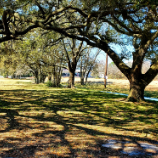
.thumb.jpg.8761b3d9b3da119b9e6d1912f67275ad.jpg)
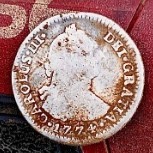
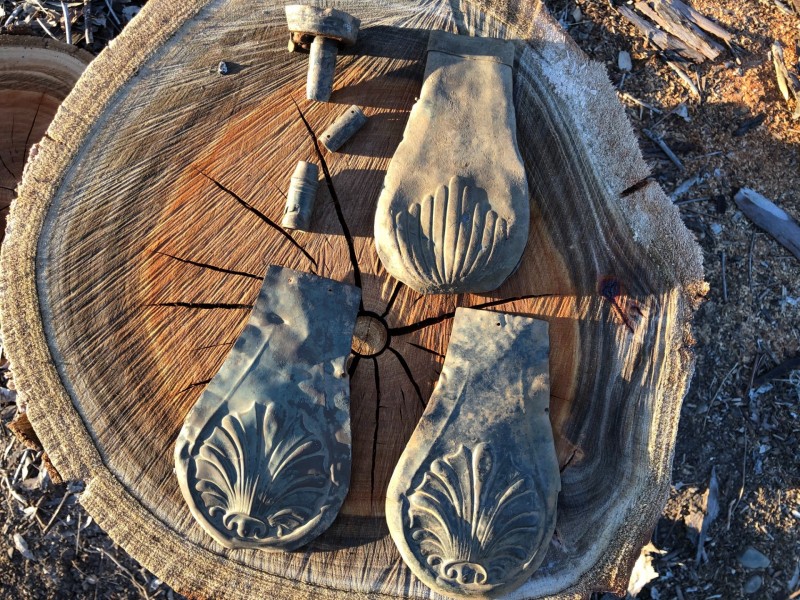
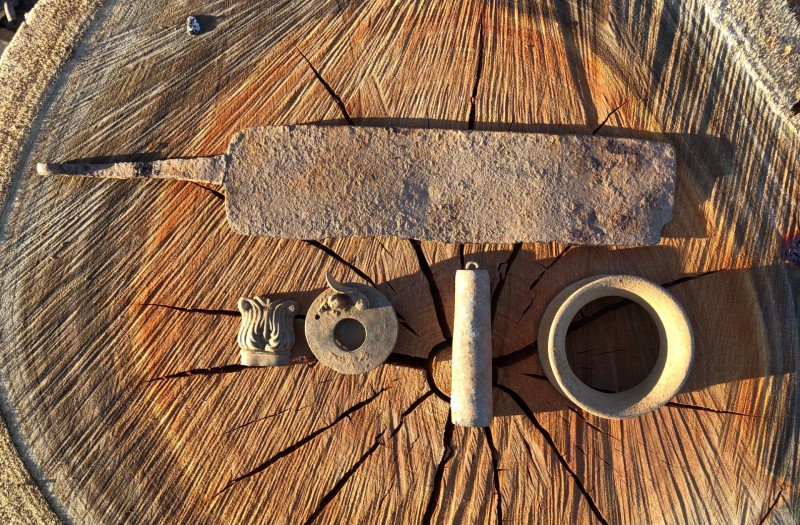
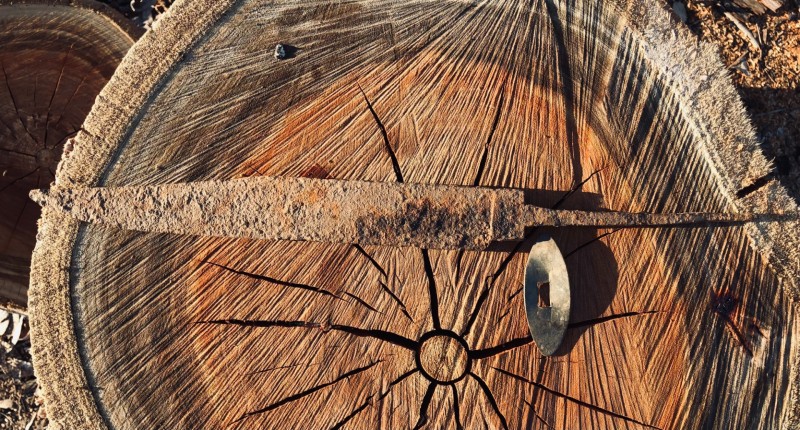
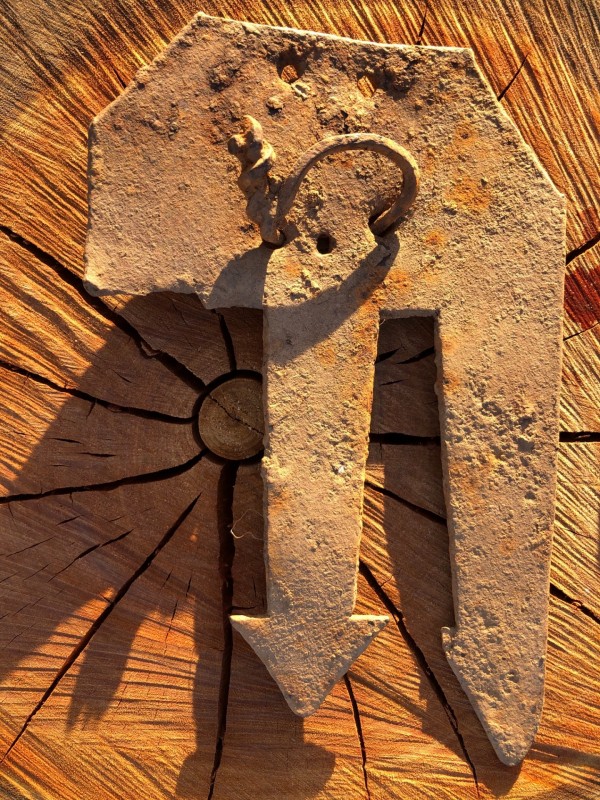
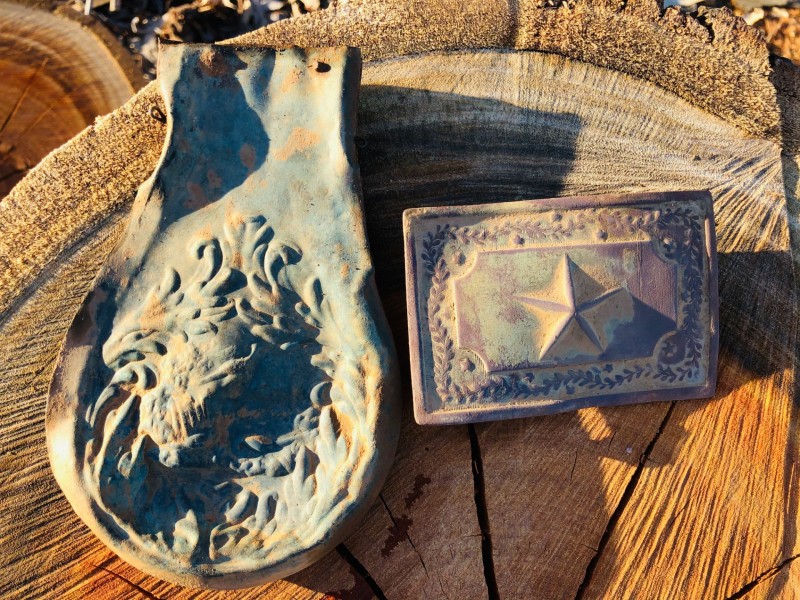
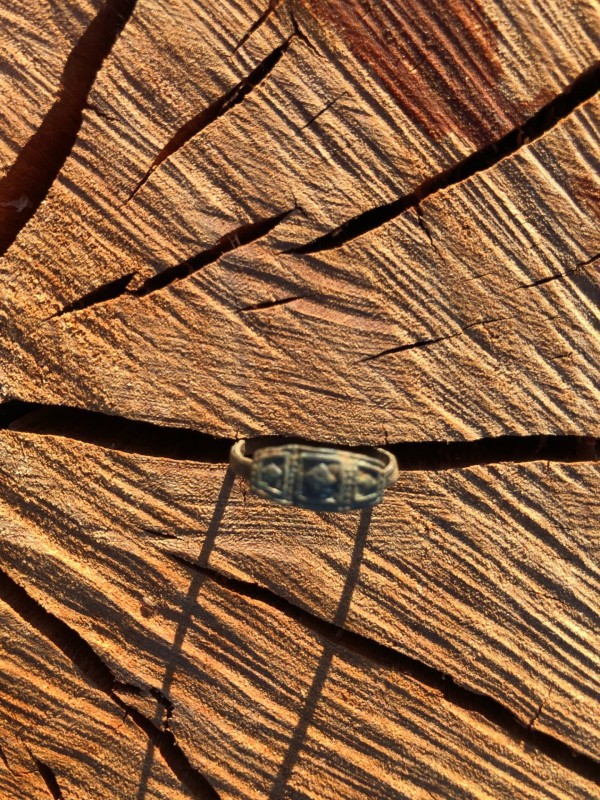
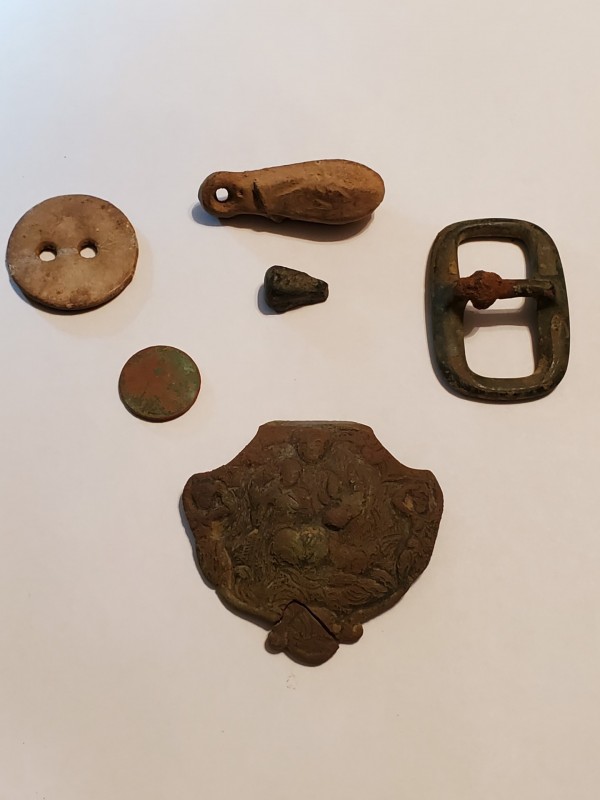
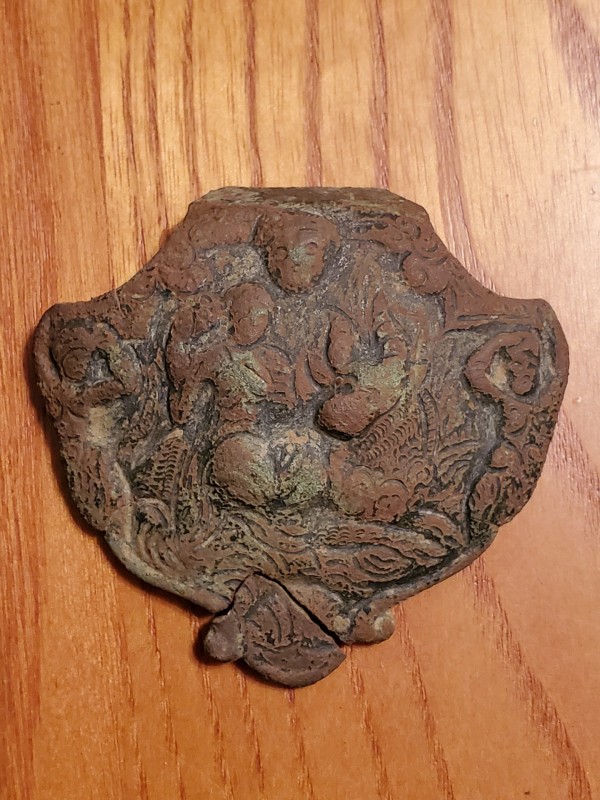
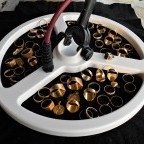

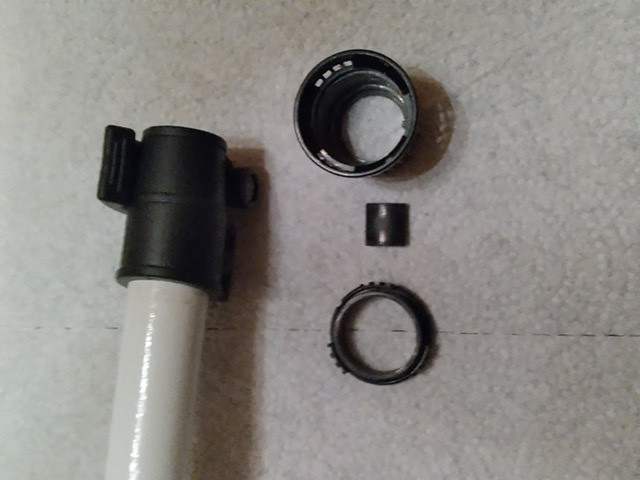

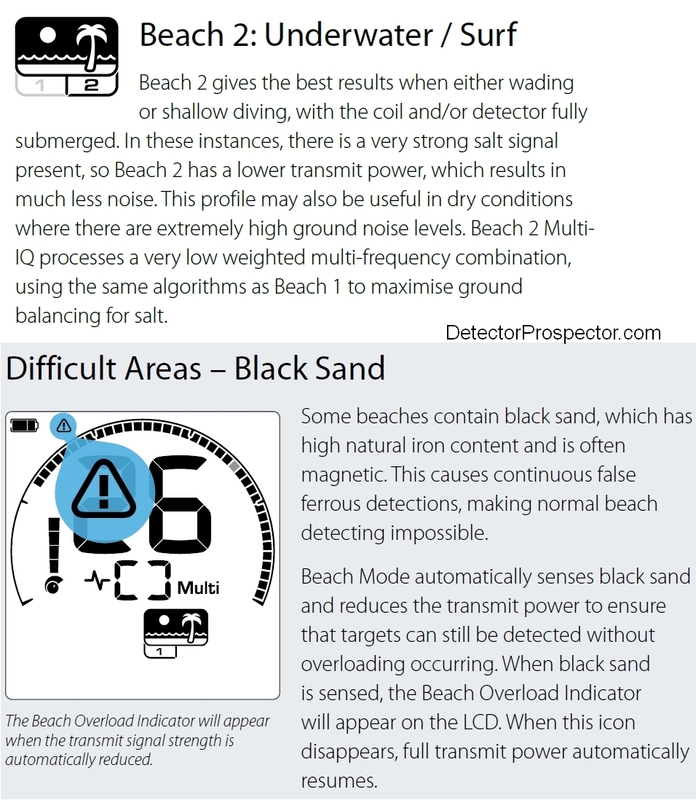
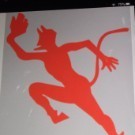
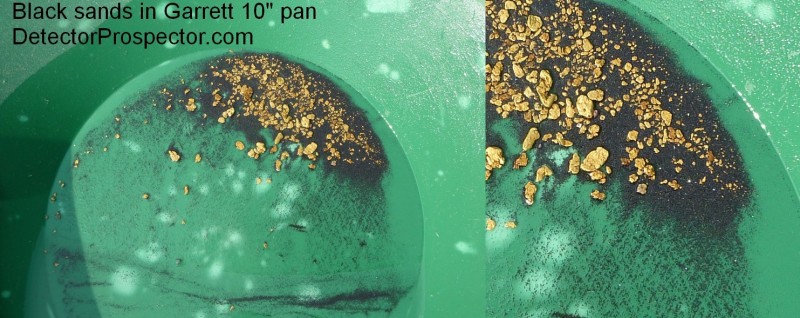

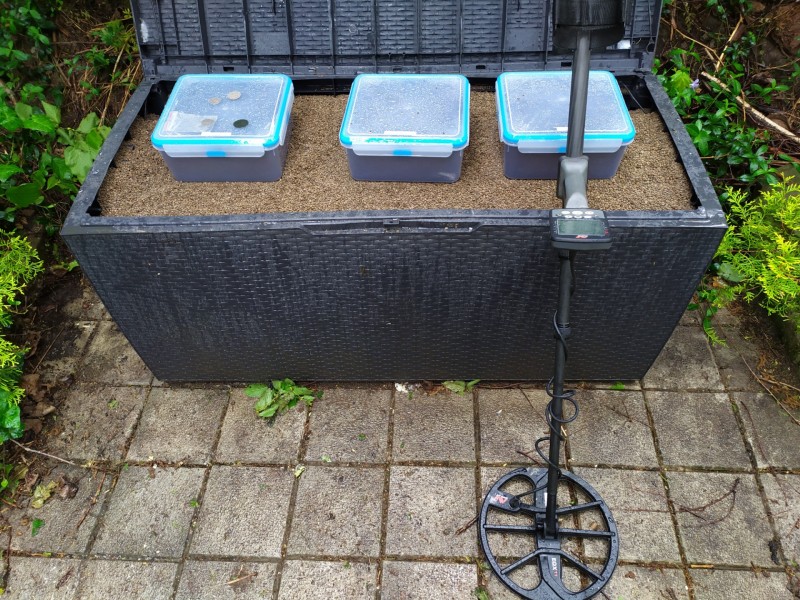
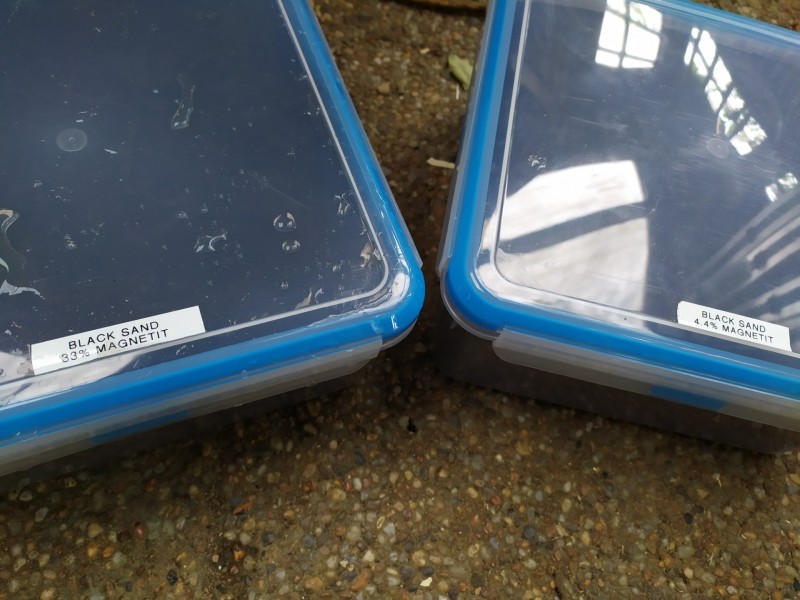


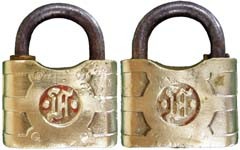



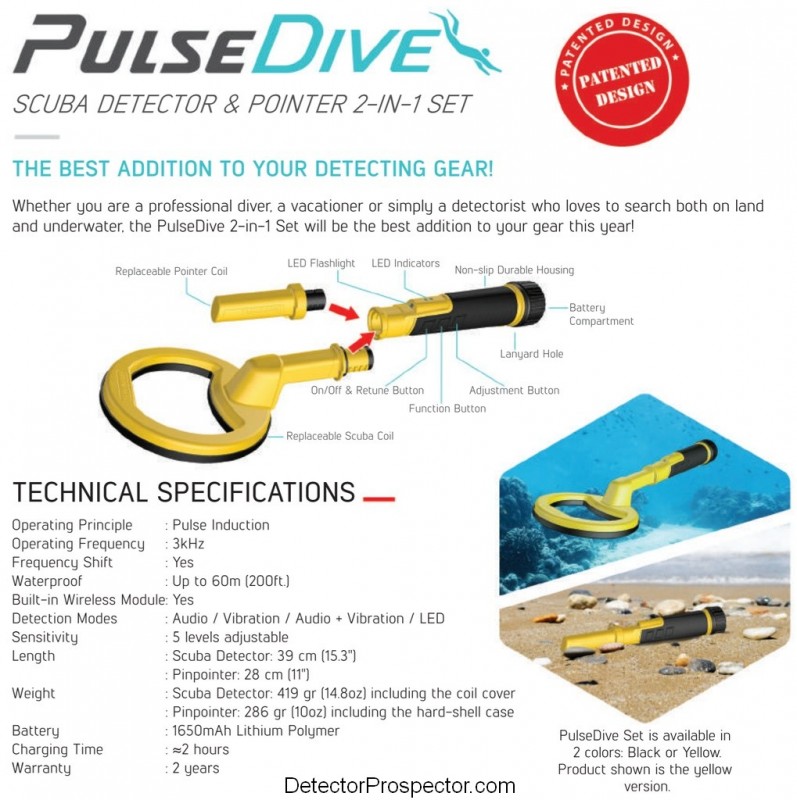

.thumb.jpg.95344db3aeef0a4c6c73420daa366191.jpg)
